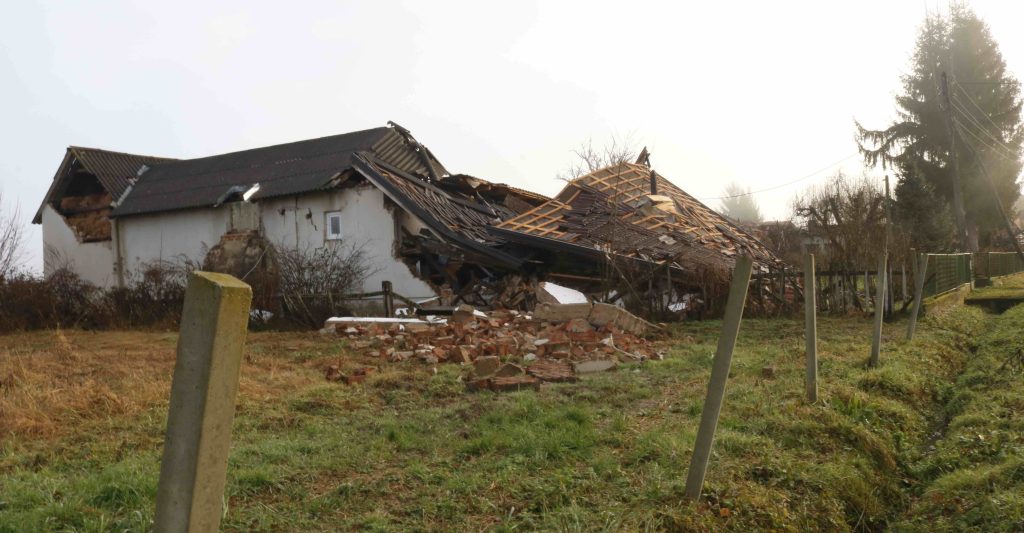Structural engineers arrived in Petrinja on the morning of 29 December to see the effects of a magnitude 5 foreshock that hit the day before.
When the 6.2 tremor occurred shortly after noon on the 29th, we had to check everything again, says Mario Uroš, a professor at the Zagreb Faculty of Civil Engineering and a member of a group launched to determine the effects of the March 2020 Zagreb earthquake.
Nearly 1,300 structural engineers are registered with the Earthquake Engineering Centre which they launched then as a platform for entering information on inspected buildings.
Uroš says that in the first week after the 29 December earthquake, 200 teams with 500 engineers were engaged in and around Petrinja, Glina and Sisak. They used to enter information on 2,000 to 2,500 buildings inspected per day, twice as many as after the Zagreb quake.
Initially, all engineers participated in those inspections on a voluntary basis. Later, those who asked for them received per diems. Some companies would no longer allow their employees to volunteer, but many continued to work as volunteers.
One of them was Davor Grandić, a professor at the Rijeka Faculty of Civil Engineering who spent a week in Banija. He says the quake was extremely strong and that the damage was as expected.
Uroš says the number of actually destroyed buildings is high, but less than one might conclude by following the media.
Poorly built houses were damaged
Most of the damaged buildings were made of unreinforced masonry walls and bricks, Uroš says, adding that some new buildings were damaged but that 95% of those damaged were old.
The centre of Petrinja clearly shows that valuable historical heritage cannot survive if it is not reconstructed, he says.
Wooden houses fared best because they are light and can greatly absorb the blow and expend the energy of an earthquake, says Grandić.
Reinforced concrete houses that were built according to code also fared well, adds Uroš.
Most buildings have problems with chimneys and parts of gable walls, so we recommended their urgent removal, says Grandić. He adds that damage was frequent also due to construction of different quality.
How did post-war reconstruction affect demolition?
There has been a lot of public discussion about the fact that villages which were completely reconstructed after the 1991-95 war sustained unexpectedly extensive damage. Grandić and Uroš say the houses that were properly reconstructed resisted the earthquake.
A large majority of buildings was reconstructed well, Uroš says, adding that the reconstruction projects are quite good and that problems were probably due to unsupervised construction.
All the damaged houses had gross engineering errors during execution. Who is guilty, I don’t know. It can be established easily, he says.
Houses that during reconstruction were built from scratch did not sustain major damage and are usable, says Grandić, while those that were reconstructed on existing foundations in an attempt to retain existing building outlines, which many owners wanted, sustained extensive damage.
Uroš agrees, saying that a typical error was that a house was repaired but not reconstructed. This means that a house was practically restored to its original condition, which was allowed in post-war reconstruction to facilitate refugee returns and due to the enormous number of houses that had to be reconstructed.
In such a strong earthquake, a well-built house may be damaged but it must not collapse or become dangerous to live in, says Uroš.
Regardless of the criticisms of the post-war reconstruction, reconstructed houses have resisted the earthquake relatively well, except in cases of gross construction errors, he adds.








